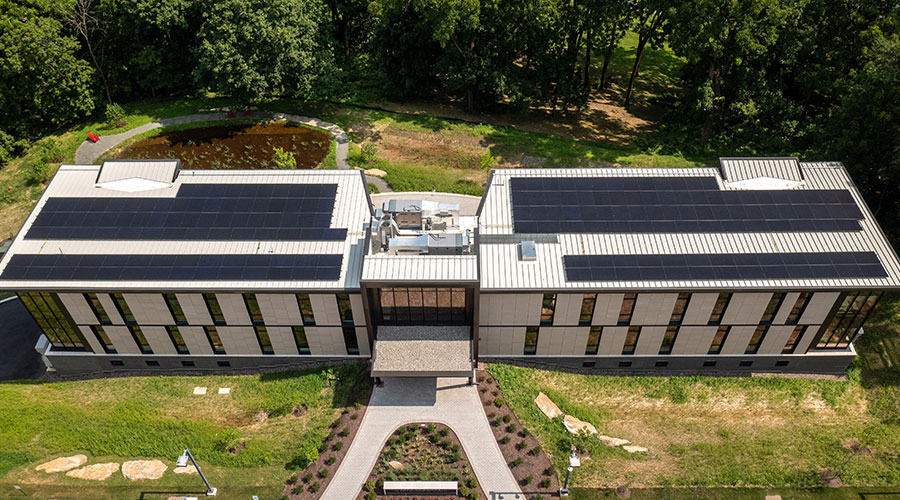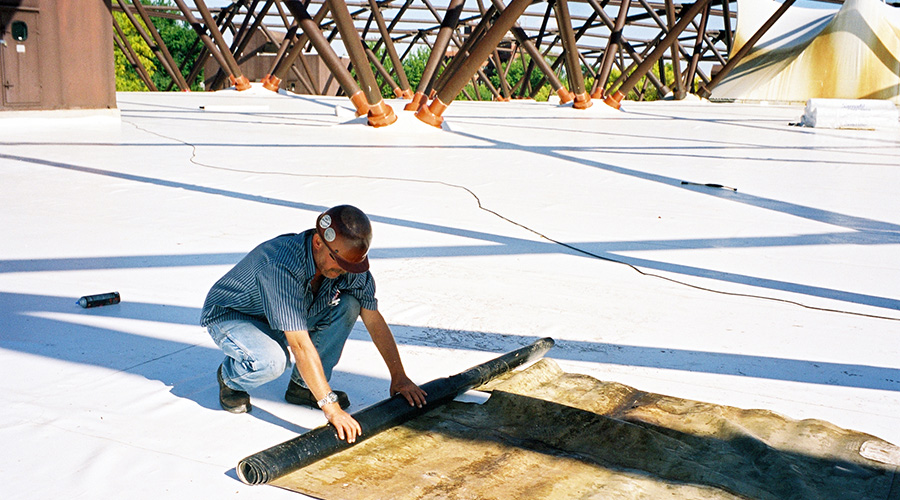Sidebar: Roof Replacements and the Seasons
Part four of a four-part article on roof replacements
When a roof fails, managers often are stuck with having to replace it or to make extensive repairs under less-than-ideal conditions. They most likely have to pay a premium under these conditions, and they might find they are paying in the long term with possible shorter service lives if the roof was replaced at the wrong time.
Most roofing projects take place during the summer, since for most areas, this is when the weather is most cooperative. But depending on the facility’s climate, spring or fall might prove to be a better time. Temperatures in spring and fall often are not as extreme as those during the summer, making installation those seasons more suitable for of some roofing materials more suitable.
Equally important is the fact that the demand for new roofing typically is lower during spring and fall. This reduced demand during off-peak periods can result in significant savings for managers and their organizations.
— James Piper, P.E.
Related Topics:














